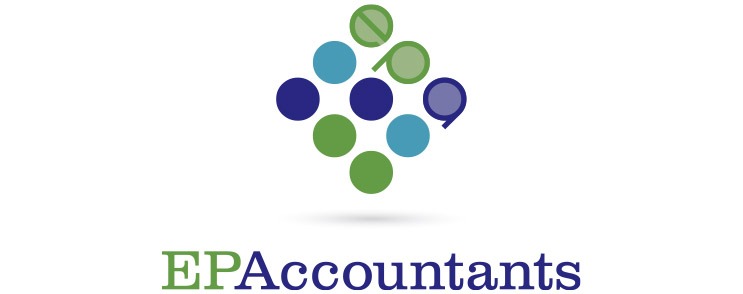One of the key measures of the Spring Budget was the announcement that the £40,000 cap on annual pension contributions will be increased by 50% to £60,000 from 6 April 2023. Tax relief for contributions to pension schemes is given at a taxpayer’s marginal rate of Income Tax and is subject to the increased underlying limits. Taxpayers will continue to access carry-forward, unused annual allowances for the last three tax years if they have made pension savings in those years.
The lifetime allowance is the maximum amount of pension and/or lump sum that benefits from tax relief. Although it was expected that the lifetime allowance would increase, the Chancellor made the unexpected announcement that the lifetime allowance of £1,073,100 is being abolished from 6 April 2023. Both of these changes are intended to incentivise older employees to continue in work whilst continuing to build additional pension savings.
The adjusted income threshold for the Tapered Annual Allowance will also be increased from £240,000 to £260,000 from 6 April 2023. Those earning over £260,000 (from 6 April 2023) will begin to see their £60,000 annual allowance tapered. For every complete £2 income exceeds £260,000 the annual allowance is reduced by £1. The annual allowance cannot be reduced to be less than £10,000 (2022-23: £4,000). The Money Purchase Annual Allowance will also increase to £10,000 (2022-23: £4,000) from 6 April 2023.
There will be other incentives to help get over 50’s back to work including expanding the DWP’s “Mid-life MOT” Strategy. This helps people to access financial, health and career guidance ahead of retirement. There will also be a new kind of apprenticeship targeted at the over 50s who want to return to work, called Returnerships.



